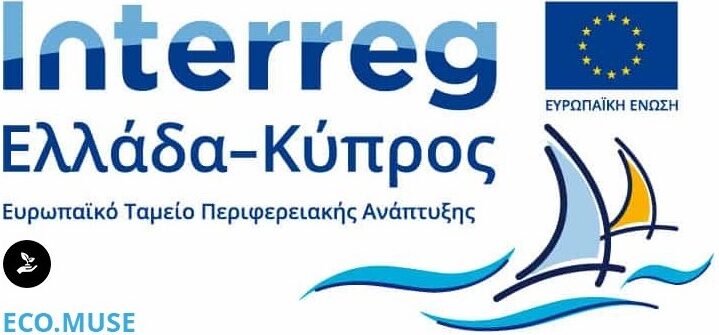The local objective of the project implementation is to promote the wider area of Elounda (Kolokitha peninsula or Elounda island).
The archaeological site of the ancient city of Olous along with a 13th century Venetian saltpan dominate when entering the area. Moreover, dispersed around are traditional but abandoned cottages, cobbled pathways, terraced lands, and long stone-built dividers used to separate private properties, and ancient quarries, the total of which compose an Open Ecomuseum.
It is the actual way of structure with which the overall area (Kolokitha peninsula and the wider area) is organized, namely the internal routes, the elements of the natural landscape (flora, water, soil etc.) and the human landscape (buildings, stone-built dividers, mills etc.) that contribute to a place specific and unique entourage that represents in essence the schematic depiction of archetypical structures and the illustration of the natural order, as it has survived through time at a major part of the eastern Crete (Minoan age and second half of the 20th century).
The Open Ecomuseum aims at:
- Promoting the exceptional and unique natural and human landscape,
- Deploying landscape and supporting its contribution to improving and enriching the local tourism product
- Attracting and targeting special groups of visitors while prolonging the tourist season
